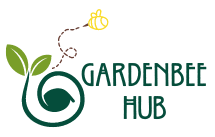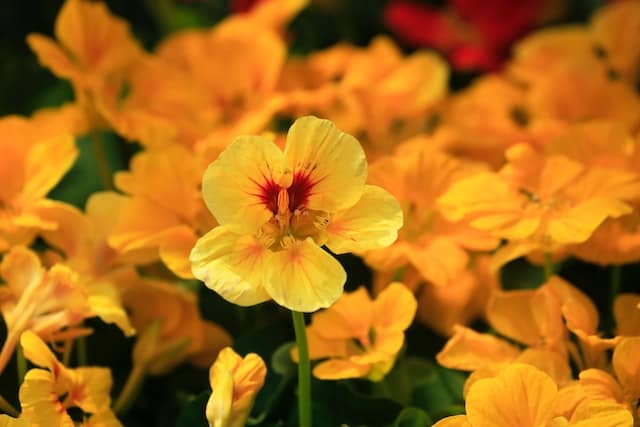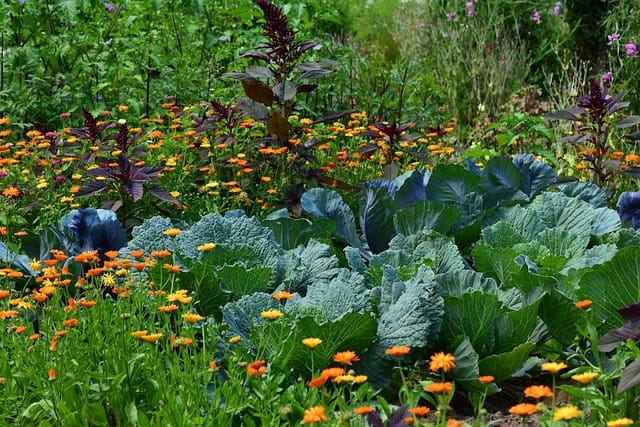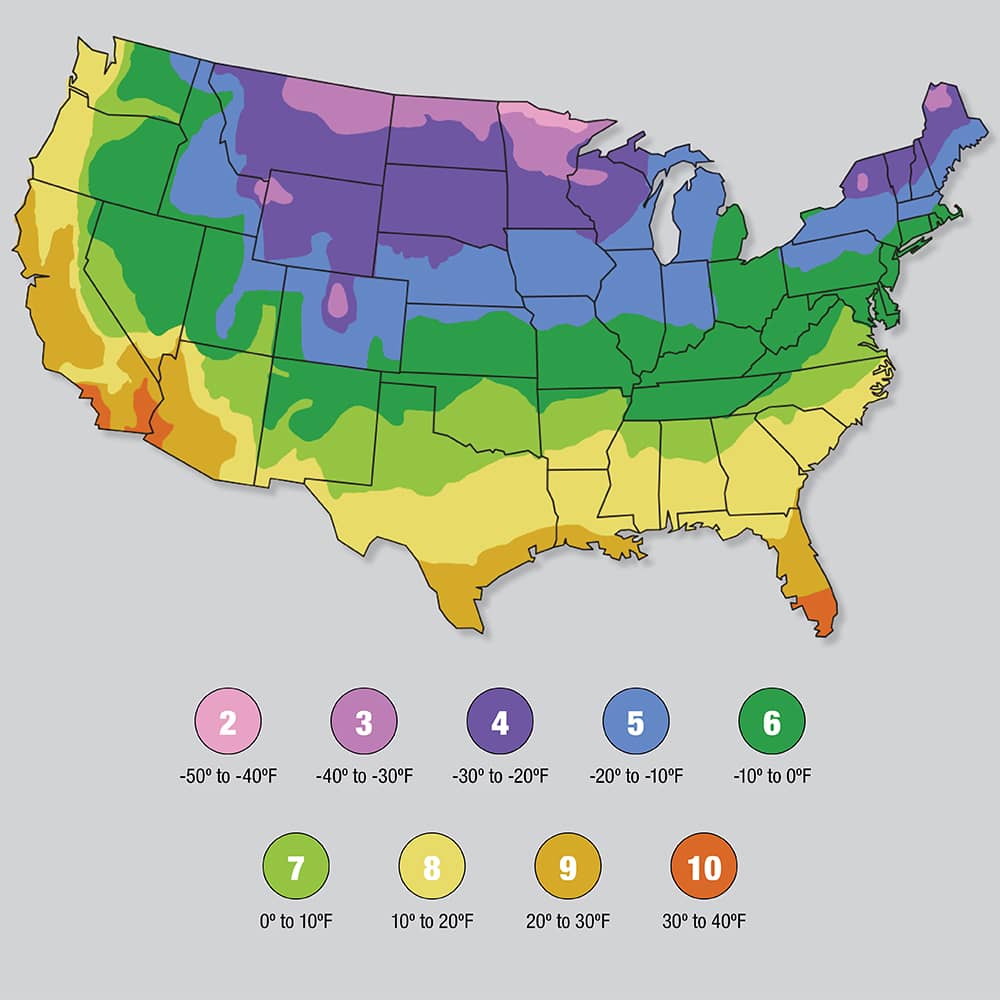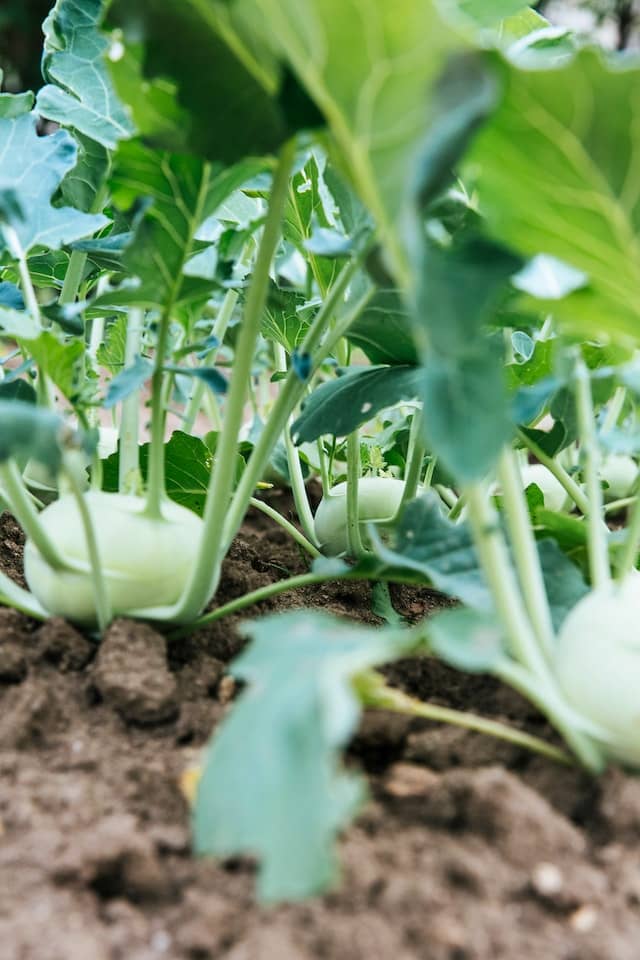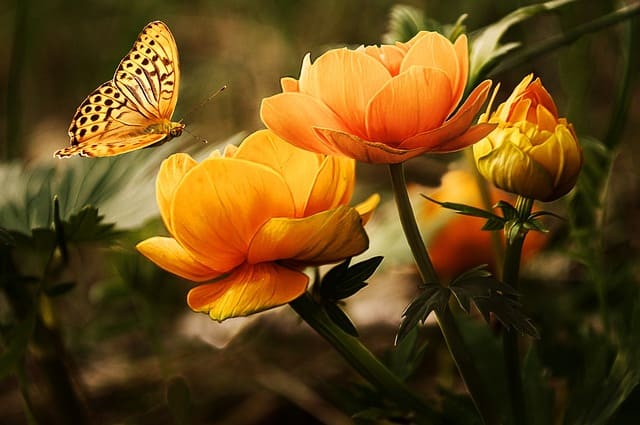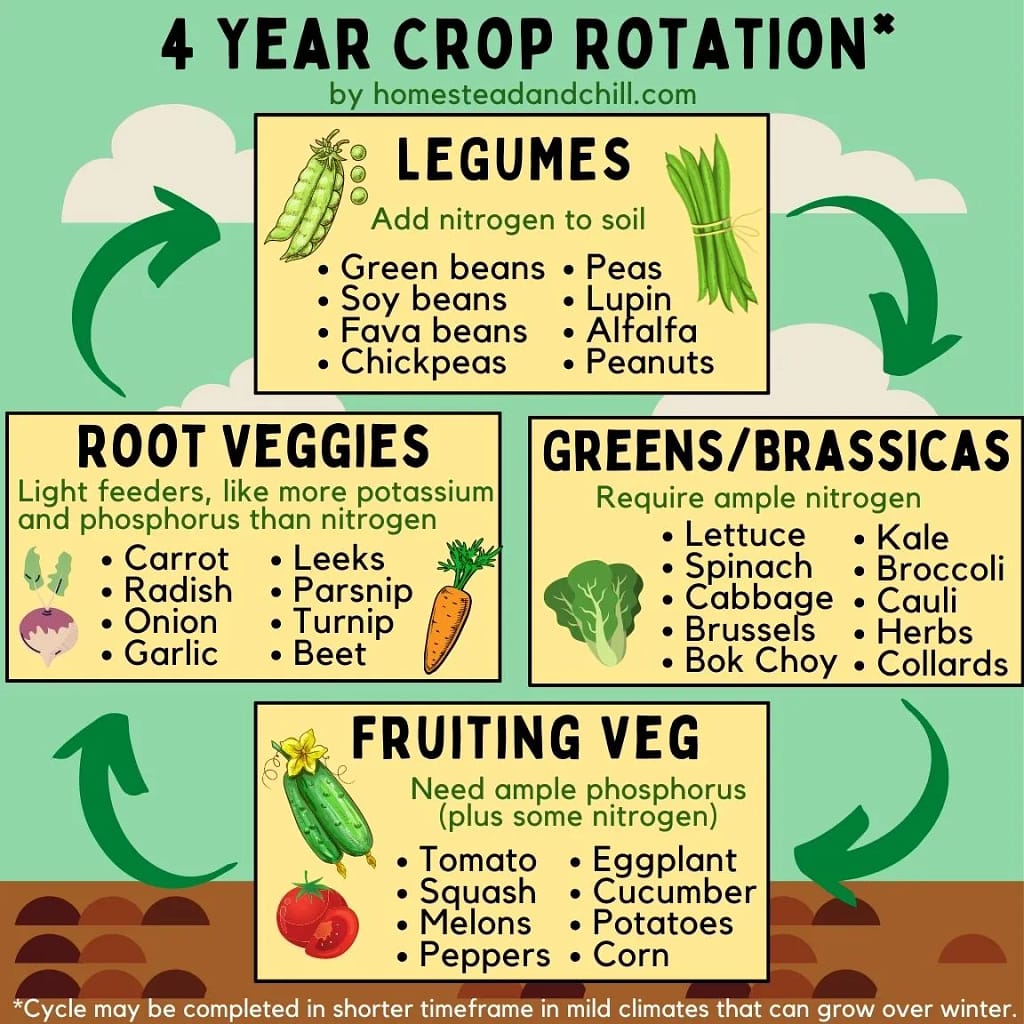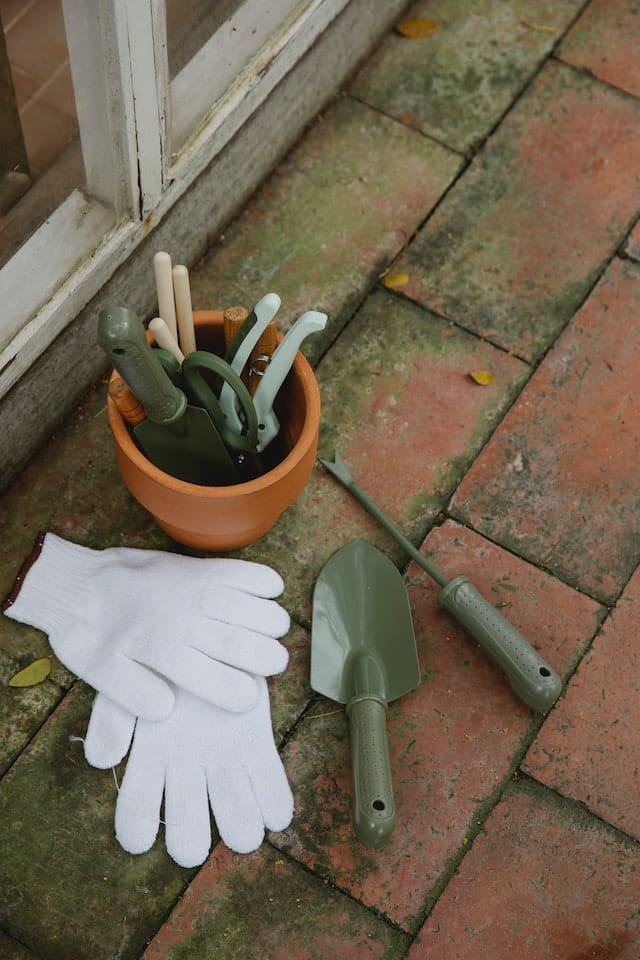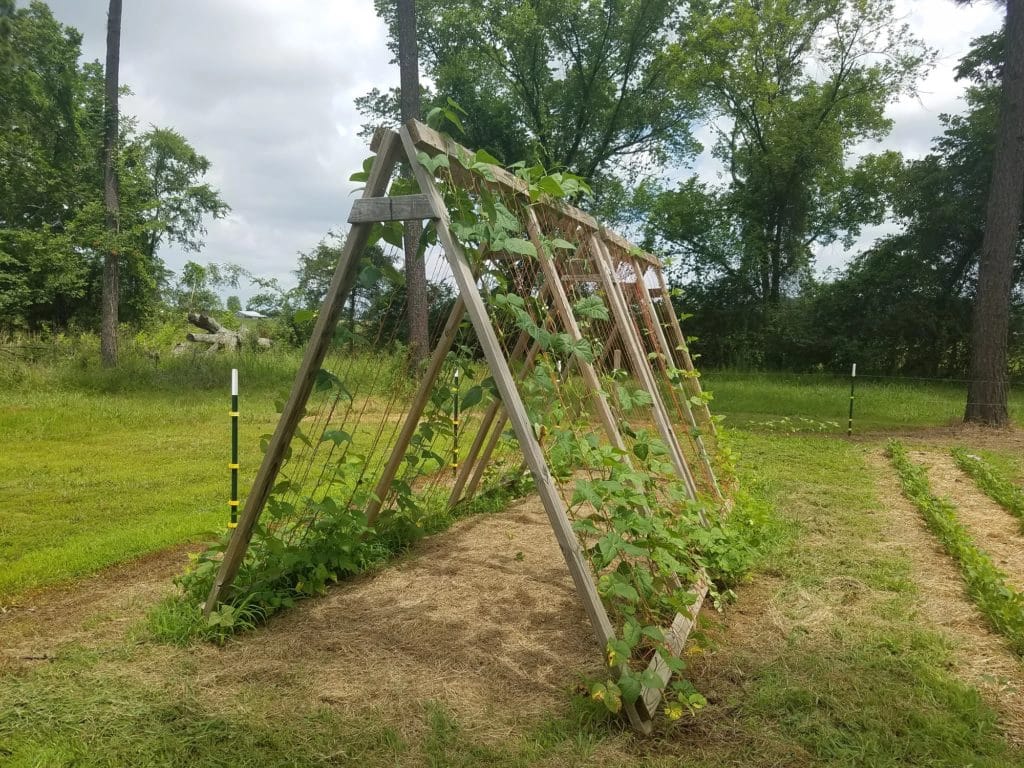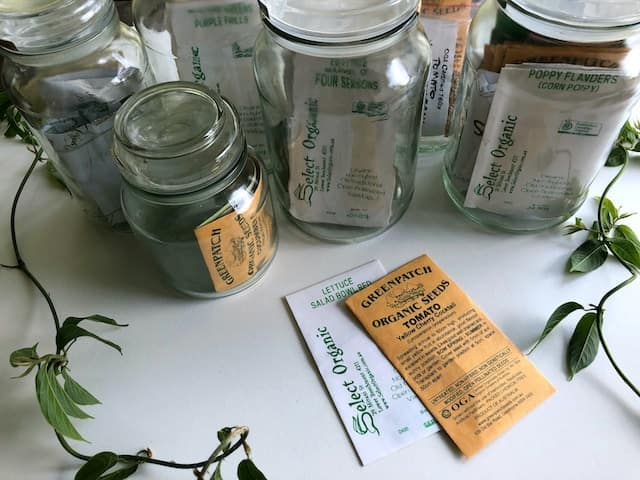Plants to attract Beneficial Insects in the Garden:
| Plant | Beneficial Insects |
| Alyssum | Ladybugs, lacewings, hoverflies |
| Bee balm | Bees, butterflies, moths, hummingbirds |
| Calendula | Ladybugs, lacewings, hoverflies |
| Chamomile | Bees, butterflies, moths |
| Cilantro | Ladybugs, lacewings, hoverflies |
| Coneflower | Bees, butterflies, moths, hummingbirds |
| Dill | Ladybugs, lacewings, hoverflies, parasitic wasps |
| Fennel | Ladybugs, lacewings, hoverflies, parasitic wasps |
| Goldenrod | Bees, butterflies, moths |
| Lavender | Bees, butterflies, moths, hummingbirds |
| Marigold | Ladybugs, lacewings, hoverflies, parasitic wasps |
| Nasturtium | Bees, butterflies, moths |
| Oregano | Bees, butterflies, moths |
| Petunia | Bees, butterflies, moths, hummingbirds |
| Pot marigold | Ladybugs, lacewings, hoverflies, parasitic wasps |
| Sage | Bees, butterflies, moths |
| Sunflower | Bees, butterflies, moths, hummingbirds |
| Yarrow | Ladybugs, lacewings, hoverflies, parasitic wasps |
These are just a few of the many plants that attract beneficial insects. By planting these plants in your garden, you can help to create a healthy ecosystem that is beneficial to both you and the wildlife. More information here.
Here are some additional tips for attracting beneficial insects to your garden:
- Plant a variety of flowers that bloom at different times of the year. This will provide a continuous source of food for beneficial insects.
- Choose native plants whenever possible. Native plants are adapted to the local climate and conditions, and they are more likely to attract beneficial insects.
- Avoid using pesticides and herbicides in your garden. These chemicals can harm beneficial insects.
- Provide water for beneficial insects. A shallow dish of water or a birdbath can be a welcome addition to your garden.
- Leave some dead leaves and other organic matter in your garden. This will provide habitat for beneficial insects.
By following these tips, you can help to create a garden that is beneficial to both you and the wildlife.
